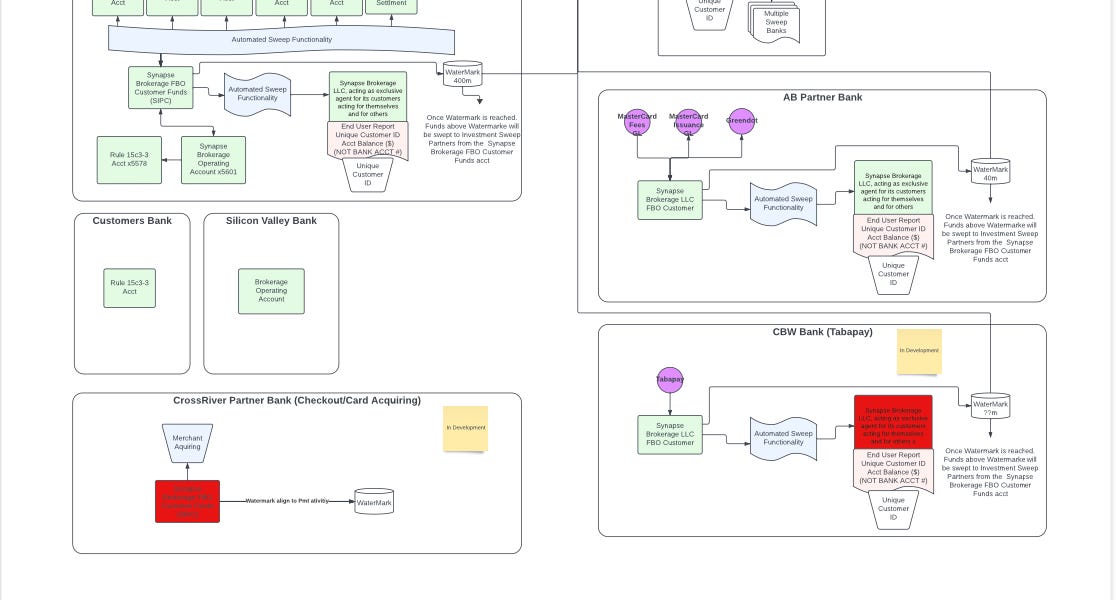
China’s big cities are sinking
All of the major Chinese cities are experiencing subsidence (sinking over time) to some extent. This process has been ongoing for years, with recent satellite data revealing an accelerated sinking rate of several millimeters to one centimeter per year. This sinking is attributed to both natural geological factors and human activities, particularly the excessive depletion of aquifers. The rapid urbanization in China in recent decades seems closely linked to the accelerated pace of subsidence in the region. Approximately 300 million urban Chinese are witnessing the ground sinking beneath their feet.
A few years back, a team of scientists highlighted numerous land subsidence events worldwide. Many were pinpointed in China’s densely populated regions. Recently, Chinese researchers used an advanced tool similar to LIDAR (Light Detection and Ranging) to monitor terrain-elevation changes in 82 cities with over two million residents. The InSAR (Interferometric Synthetic Aperture Radar) system on the European Space Agency’s Sentinel-1 satellite can detect minuscule altitude variations for each terrain pixel, equivalent to 40 x 40-meter surface grids. Since 2015, they’ve tracked changes using satellite data and recently published the study’s findings in Science.
The study found that 44.7% of large Chinese cities are sinking at a rate of at least three millimeters per year, affecting about 270 million urban residents. Additionally, 15.8% of the area is sinking even faster, with nearly 70 million people impacted by rates exceeding 10 mm/year. Some urban areas sink as much as 2.2 centimeters annually. Tianjin, with over 15 million residents, leads the list of the most heavily affected cities. The sinking cities are mainly in the eastern and southern parts of China, areas that have driven the country’s modernization in recent decades.























